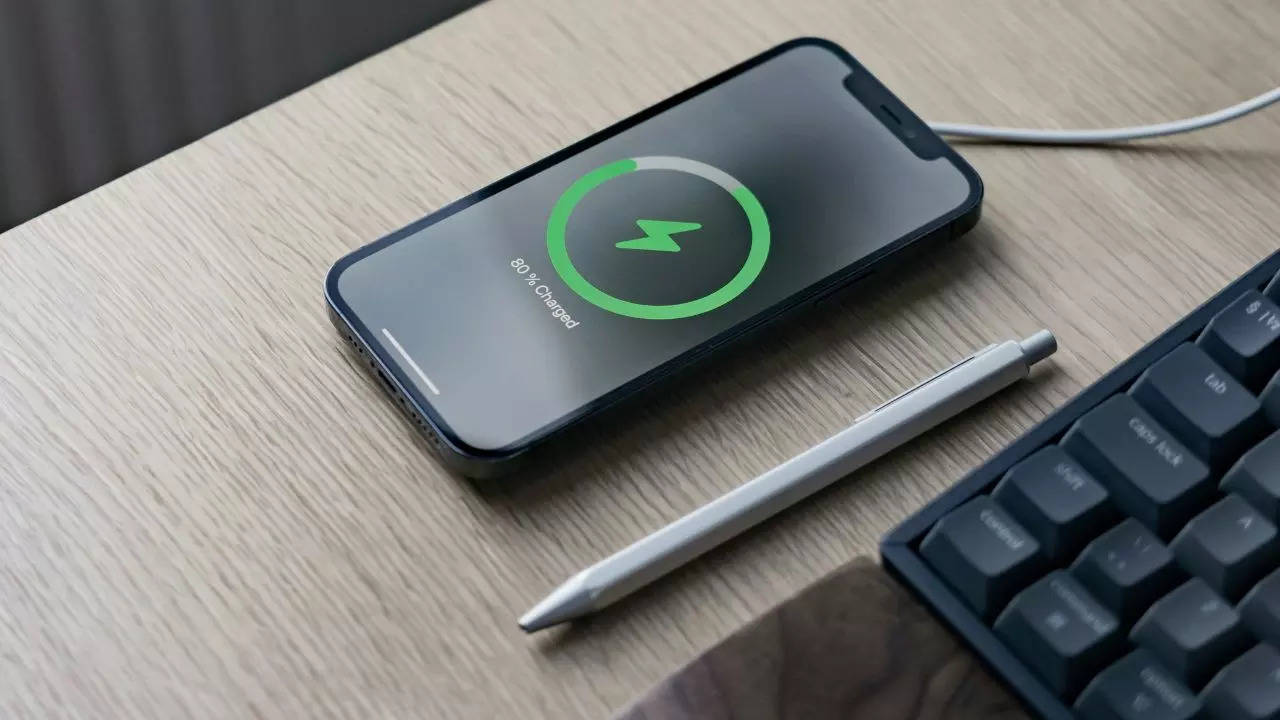Consider a future in which a dead laptop or phone can be entirely charged in one minute, or an electric car can be fully charged in ten minutes. Although these scenarios are not yet possible, recent research by scientists at the University of Colorado Boulder could bring us closer to such advancements in energy storage technology.
Published on May 23 in the Proceedings of the National Academy of Sciences, Ankur Gupta’s lab revealed groundbreaking insights into how tiny charged particles, known as ions, move within a complex network of small pores. According to Gupta, an assistant professor of chemical and biological engineering at CU Boulder, these results could pave the way for the creation of more effective energy storage devices such as supercapacitors.
Dr Ankur Gupta, renowned for his innovative research in energy storage technologies, focused on understanding ion movement within complex materials. His discoveries aim to enhance the efficiency and speed of energy storage devices, potentially transforming how we charge electronic devices and power grids. Gupta noted the significant role of energy in the future and the underexplored nature of advancing energy storage devices as his inspiration.
The research is significant for applications including energy storage in vehicles, electronic devices, and power grids. Efficient energy storage is crucial to prevent energy waste during low demand periods and ensure quick supply during high demand. Supercapacitors, which rely on ion accumulation in their pores, are known for their rapid charging times and longer lifespans compared to traditional batteries. Gupta emphasized that the primary appeal of supercapacitors is their speed, with the challenge being to enhance ion movement efficiency.
The team’s findings challenge Kirchhoff’s law, a fundamental principle governing current flow in electrical circuits since 1845. Unlike electrons, ions move through both electric fields and diffusion. The researchers revealed that ion motions near pore junctions varied from those predicted by Kirchhoff’s equation. This study shows how ion mobility in a complicated network of thousands of interconnected pores can be simulated and predicted in just minutes.
This discovery could significantly enhance supercapacitor performance, leading to faster charging and discharging cycles, and improving the efficiency of power grids by making them more responsive to energy demand fluctuations.

